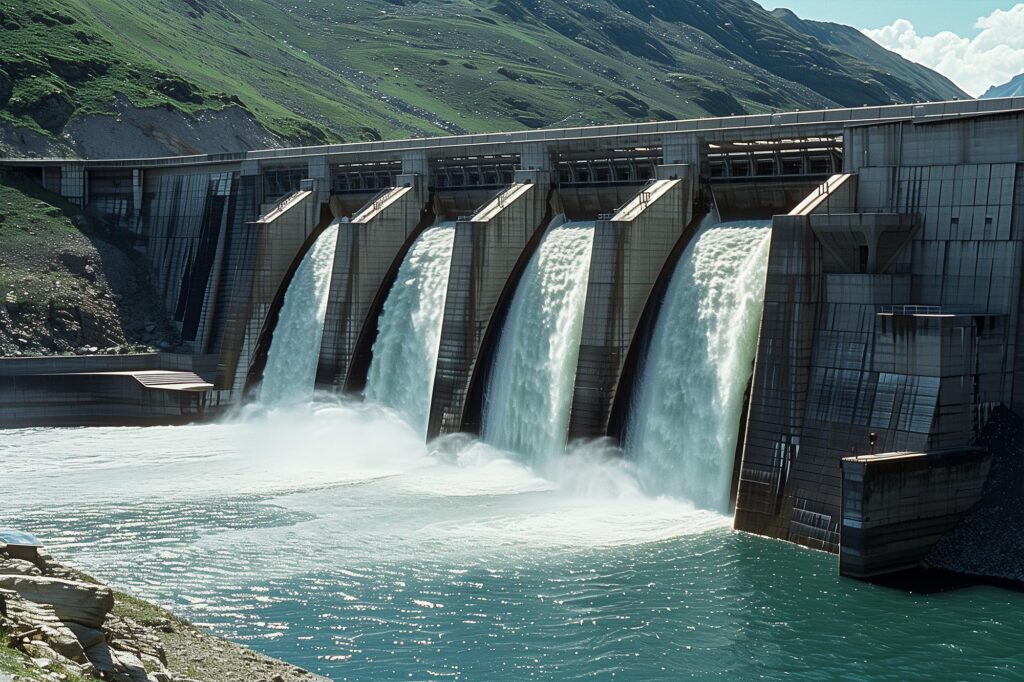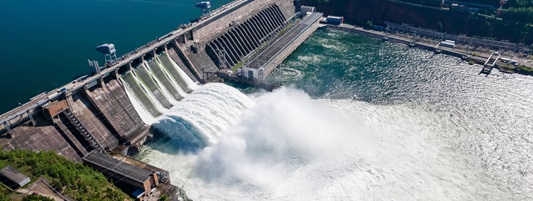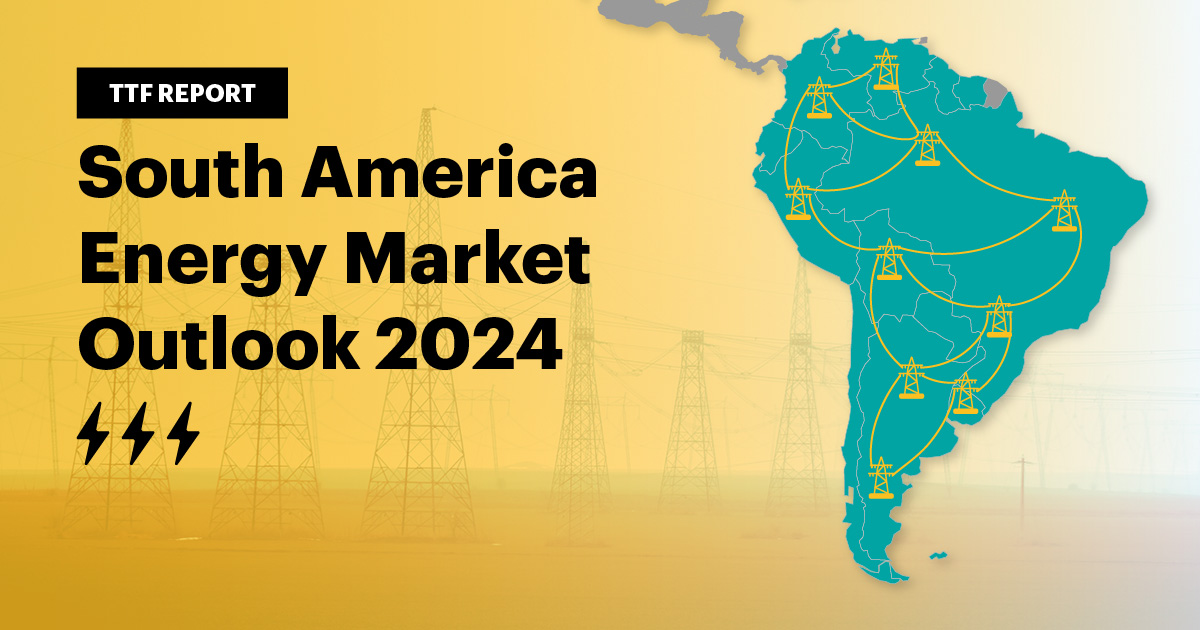
South America is in the lead for hydropower production as a major contributor to electricity generation. It is rich in natural resources and has great potential for development and deployment of renewable energy projects. The region is also an ideal location for harnessing solar, wind, hydro, and biomass power. Environmental concerns and supportive government policies promote the growth of renewable energy. Hydropower as a trend remains a dominant player in renewable energy industry in South America.
A ground rod is an essential component in South American electrical and renewable energy projects. It is a metal rod driven into the ground to provide a low-resistance path for electrical currents to dissipate into the earth. This helps prevent electrical shock hazards, protects equipment and ensures proper functioning. It is important to select ground rods that can withstand high soil resistivity and corrosion. They should also withstand diverse environmental conditions in South America.
South American hydropower presents profitable investment opportunities for both domestic and international players. Countries like brazil, Colombia, Peru and Argentina have vast river basins with great hydropower potential. Large-scale hydroelectric dams can generate much electricity and contribute to national energy grids. Investors should consider the regulatory environment, financial viability and partnerships before making investments.
Hydropower potential in South America
South America benefits from the combination of natural, economic and political factors. These factors contribute to hydropower prominence. This is from the abundant rivers and waterfalls that provide a consistent and reliable source of electricity. Additionally, balancing environmental considerations, technological advancements and need for electricity contributes to the future of hydropower in the region. Ground rods should comply to all relevant industry standards in the area of application. The following are the factors that contribute to the growth of hydropower in South America.

- Technology advancements – improvements in hydropower technology enhances the flexibility of the plants. These advancements increase the efficiency of hydropower turbines and generators. This makes the projects more viable and productive. They also allow the integration of hydropower with other renewable energy sources such as solar and wind.
- Natural factors – South America has some of the largest and most powerful rivers such as the amazon, Paraná and Orinoco. Such rivers provide great potential for hydropower generation in the region. Presence of rainfall ensures the consistent flow of water necessary for hydropower plants.
- Economic factors – there are ongoing costs of operation and maintenance which are low as compared to other energy sources. Hydropower projects lead to the development of infrastructure in remote areas. Such projects promote rural electrification and development.
- Policy factors – most of South American governments have implemented policies and incentives. Such policies promote hydropower production in the region. Prioritizing hydropower reduces dependence on fossil fuels and enhance energy security.
Challenges facing production in south America
Hydropower production in South American faces several challenges that impact its sustainability. Addressing these challenges requires an approach that considers environmental sustainability, social justice and governance. Additionally, tackling these challenges can ensure that hydro-power remains a reliable and sustainable components of the energy mix in South America. A ground rod is from materials that withstand soil resistivity and corrosion. These include copper, galvanized steel or copper-clad steel. The following are the challenges facing hydro-power production in South America.

- Environmental challenges – construction of large hydro projects requires the clearing of vast lands. Such activities leads to the loss of biodiversity. Climate change leads to change in rainfall patterns. Availability of rain water can affect the reliability of hydropower generation.
- Technical challenges – many hydropower plants are aging and need investments for upgrades. Older plants may incorporate the latest technological advancements. This may lead to lower efficiency and higher operational costs. Reservoirs can accumulate sediment which reduces their storage capacity and the efficiency of power generation.
- Economic challenges – the construction of hydro plants involves upfront costs which has long payback periods. Land needed for hydropower projects may compete with other land uses. This may result in conflicts and challenges in land acquisition. Ground rods are available in different designs to suit different South American renewable energy projects.
- Regulatory and political challenges – obtaining permits and approvals for hydropower projects can be lengthy and complex. Strict environmental regulations can add to the complexity and cost of hydropower projects.
- Social and cultural challenges – large hydro projects need the relocation of local communities. This can lead to social disruption and conflicts. Communities can also lose their traditional livelihoods such as fishing or agriculture due to dam construction.
